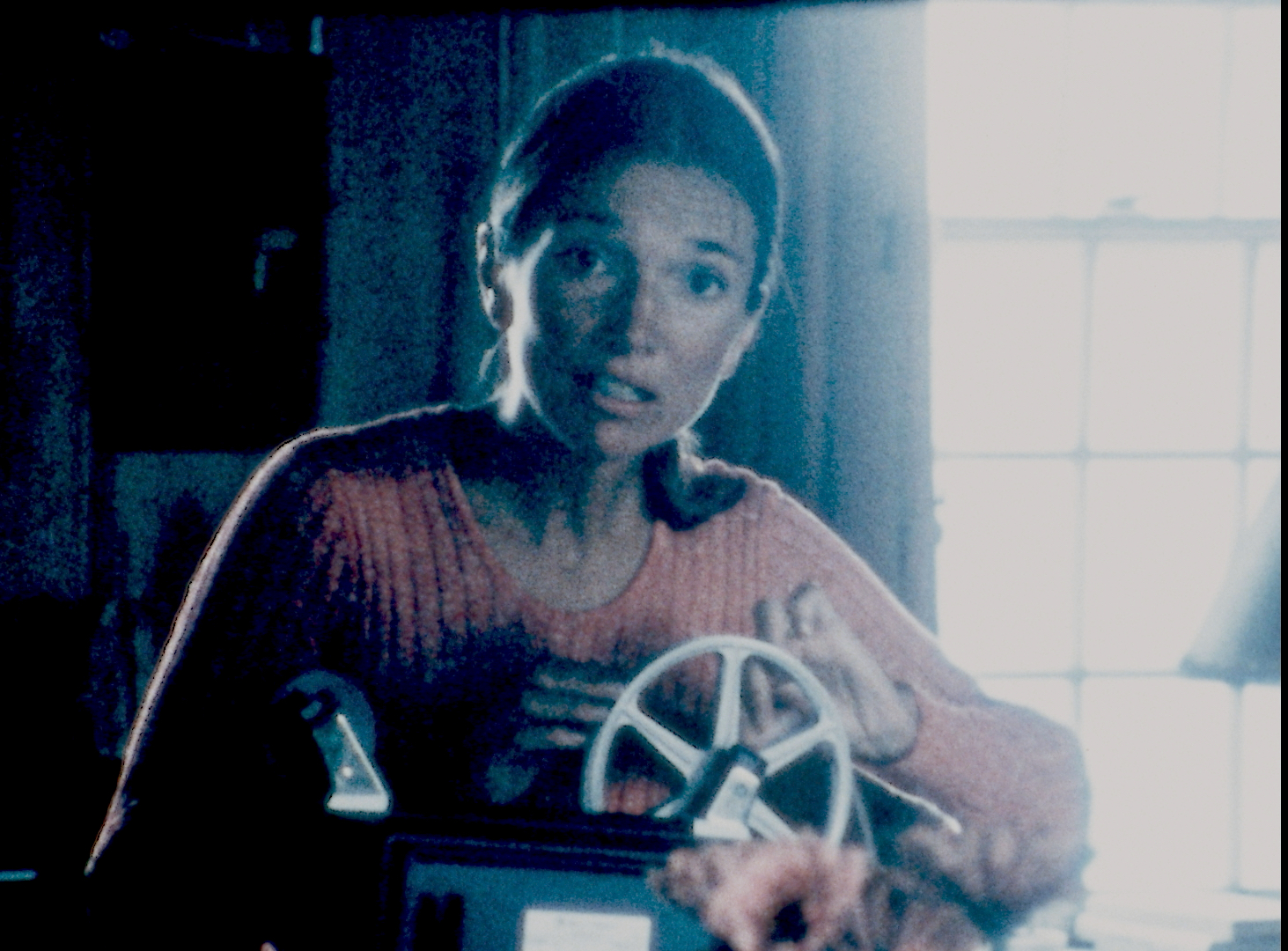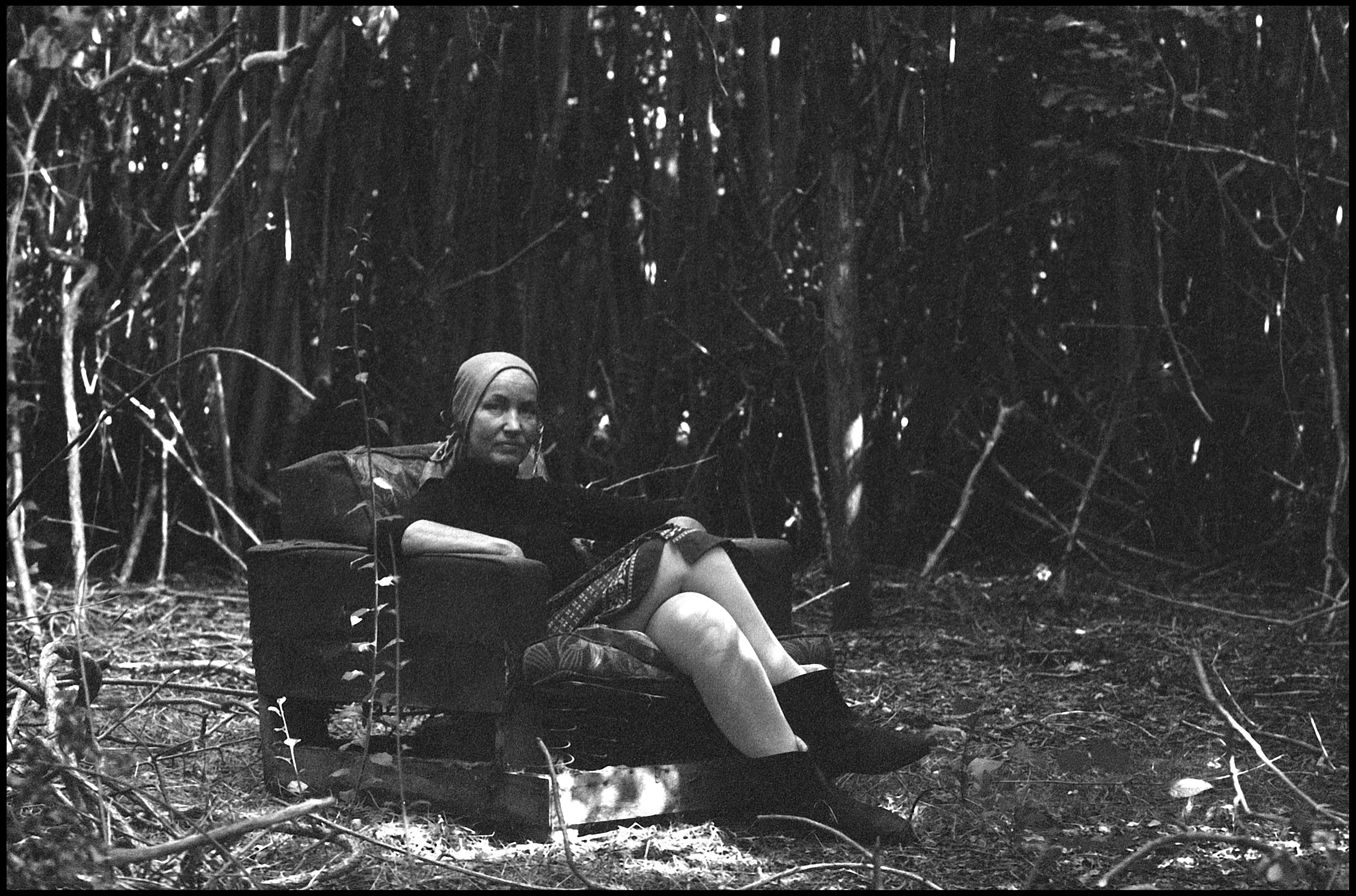 |
| Edith Bouvier Beale and Peter Bread |
That summer is grey gardens meets studio 54
Peter Beard and Lee Radziwill’s long-lost footage inserts Big and Little Edie into a wider cultural narrative about late 70s NYC.
21 May, 2018
Grey Gardens superfans — in 2018, there are still many — tend to hold two theories about why Big and Little Edie Bouvier Beale are so eternally captivating. The eccentric former socialites’ story can be read as tragic, or triumphant, or both. Did the Beales shun society or did society shun them? Debating this requires you to look outside the crumbling walls of their Hamptons mansion, and towards an overlooked surrounding cast of characters. (Little Edie rejected marriages from both J. Paul Getty and Joe. Kennedy Jnr.)
A new, long-lost prequel to Grey Gardens now opens the circle up even wider, providing fascinating context to the iconic mother-daughter duo’s story, and introducing new narratives that are equally riveting. That Summer is a trove of fully restored archival footage previously believed to have been lost, shot a few years before Albert and David Maysles started filming Grey Gardens. The new documentary was commissioned by artist Peter Beard alongside Lee Radziwill, the glamorous younger sister of Jacqueline Kennedy Onassis, who originally hired the Mayles brothers to work on the now-iconic film about her reclusive relatives.
That Summer showcases a motley crew of creatives who shaped 70s NYC culture, from Radziwill and Beard to Andy Warhol and Bianca Jagger. (Warhol lent his own archival footage to the project.) The result blends the dilapidation of Grey Gardens with the glitter of Studio 54, blending the New Yorks into a languid summer dreamscape: encompassing glamor and dilapidation, nostalgia and foresight, ephemerality and eternal life. Peppering the archival footage and interviews are newly shot scenes of Beard creating a collage, blending scenes of Africa with 70s time capsules of Donyale outstretched on a rock. It’s a fitting metaphor for That Summer’s cinematic mélange of disparate communities. “At the time,” explains director Göran Hugo Olsson, “New York was far from paradise, with the drugs and all that, but to me, it was a dream that we should all be striving towards: tolerance and acceptance.”
How familiar were you with the original Grey Gardens documentary?Göran Hugo Olsson: I was familiar with it, and fascinated by it, like most other people I know. I viewed the film two times before making That Summer, to make sure that we could add something to it. I haven’t seen it since I made this film. I kind of disappeared every day, six hours a day, for a couple of years [laughs].
A incredible number of celebrities show up in the film, including Bianca Jagger, model Donyale, and Andy Warhol. It’s almost the Studio 54 of Long Island.The first time I became aware of the Beales was through a book by Andy Warhol. I actually think I became aware of Peter Beard though Andy Warhol, come to think of it.
Which book of Warhol’s was it?I think it was America, which has both Peter and the Beales in it.

LEE RADZIWILL, COURTESY JONAS MEKAS
You say the original footage was supposed to document the barometer of change in 70s East Hampton. Did you ever live in Montauk or the Hamptons yourself?No, not at all! I live in Stockholm, Sweden. The reason why I made the film, or was asked to come up with ideas of how to make the material into film, is that I was so into New York in the late 70s when I was a very young teenager. I was totally fascinated by the world around New York and Studio 54 and Warhol. At the end of the 70s I was very politically active in supporting the struggle against apartheid in South Africa. I remember biking from an ANC (African National Congress) meeting to the public library to read Interview magazine. It was a dream world for me. In South Africa, to be able to explore yourself and express yourself, that was a dream.
Obviously politics forms a facet of this documentary because of the Kennedy tie-in. But was politics a reason you became interested in the story?I think, not only me, but the entire team, we tried to make a film that exposes social or economic injustice. The film was about film itself. And I don’t see the difference between a political struggle and a struggle to present art as art. I was a hardcore leftist but I never saw any problems in loving mainstream pop stars.
Why do you think we are still so infatuated by Big and Little Edie today?The story or situation is about how you’re supposed to behave like a woman. They’re protected by their class or privilege up to a certain level. But when they break that level, their community or their surrounding world cracks down on them harder. I’m sure that if they were two eccentric professors in American literature, people would regard them more highly.

EDITH BOUVIER BEALE, COURTESY OF PETER BEARD
At one point, Big Edie says that “bringing up the past is the most awful thing you can do.” What do you think about that sentiment in the context of making this documentary?First, I think she’s right, and she saw it at that time. I kept that scene because I wanted to show that she was aware of what was going on, and how this could be perceived by others. We all should identify with that. It’s a key line.
What did you know of the Beales’s showbiz ambitions? The way Little Edie moves and speaks is so wonderfully theatrical.I think they both wanted to pursue singing careers. It was singing, drama, and music. Little Edie went to Harvard. I don’t know what she studied there. But in those days, it didn’t matter so much what you studied. It was a different system at that time.
At one point they’re talking about Lee’s father to a Hamptons local, who says he can’t tell any stories because they’re all too risqué. Did you get to hear any of them?I think the stories wouldn’t [be appropriate for] the time of the #MeToo movement! But it was a different time. He had a lot of stories! But when he was around, that was almost 100 years ago. What do you know? He was a character. What I heard was hearsay. What I do know, more than anyone because I’ve seen the footage so many times, and have been able to process it… we can all identify with having a family history which has to be re-written from time to time. 100 years ago, rich people didn’t pay much respect to women, even less than they do maybe today.
Little Edie applying makeup to never leave the house feels strangely modern. She’s not trying to impress men, but as she says at one point, she’s always looking for either her eyeliner or her pants.It’s very refreshing to hear Peter Beard talk about them. He said they were in a time capsule, and they were in a dream world, and it was okay. One of the things we wanted to communicate is that there was a tolerance at this particular time, in New York in the 70s, and I think we should all strive to be more tolerant. That was a key thing for Peter.
The scene where Big Edie is lying on the sofa surrounded by cake and ice-cream reminded me of Marie Antoinette .We all have that indulgent side, and they explore that side, and are unapologetic about it. It makes you really like them.
This article originally appeared on i-D US.
Peter Beard
De otros mundos
Peter Beard / La vida es un juego salvaje
Nueva York busca a Peter Beard, el fotógrafo de la selva
La familia confirma la muerte del fotógrafo Peter Beard
La salvaje vida de Peter Beard
Dragon
Peter Beard, the Wildlife Photographer on the Wild Side, Dies at 82
That summer is grey gardens meets studio 54



No comments:
Post a Comment